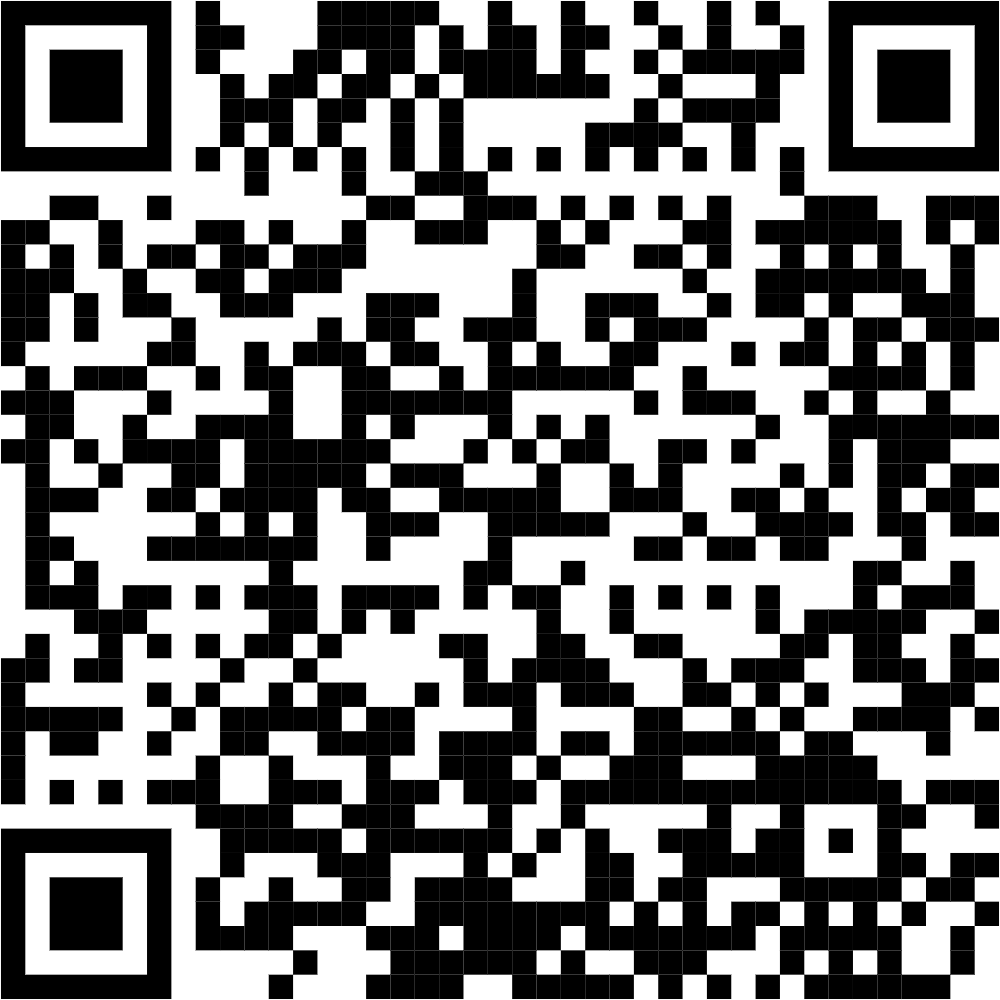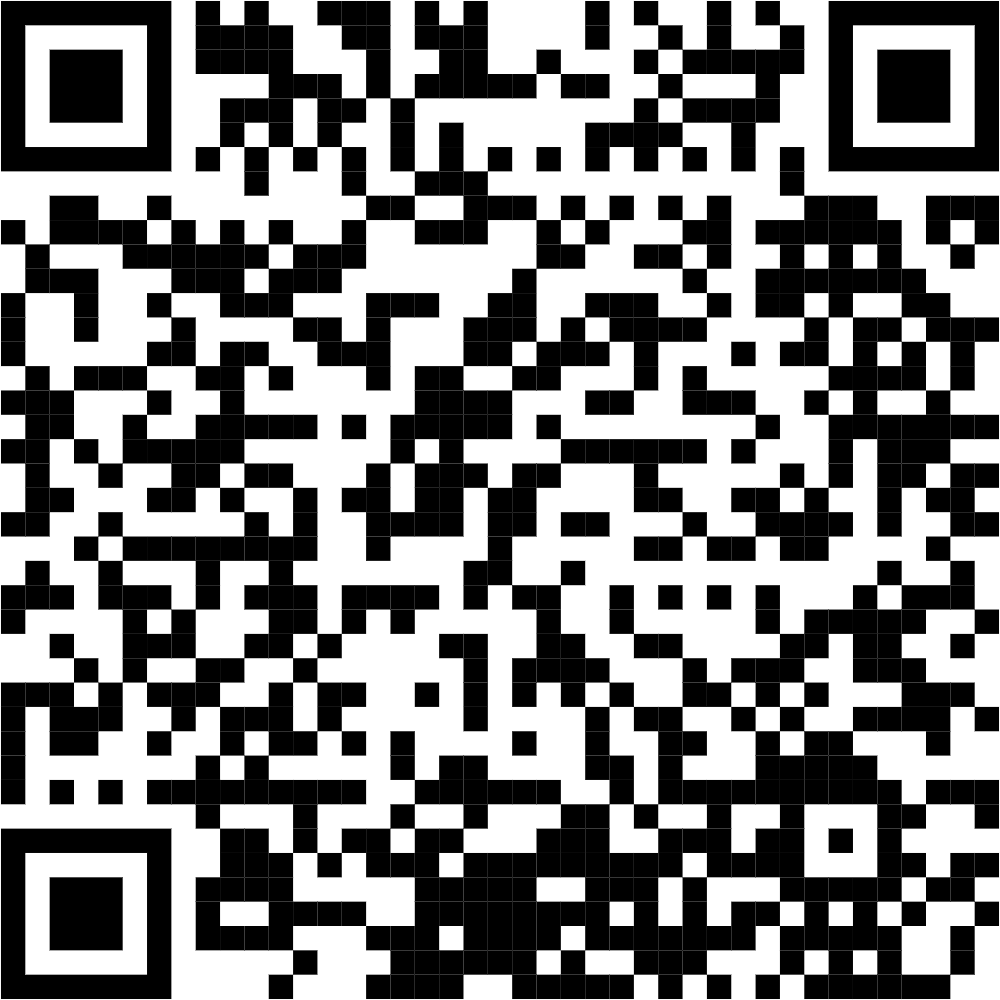FACTORS THAT INFLUENCE STUDENT SATISFACTION IN USINGE-LEARNING MEDIA DURING THE CORONA PANDEMICPERIOD
DOI:
https://doi.org/10.46961/jip.v8i1.52Keywords:
E-learning, Satisfaction, Corona pandemicAbstract
References
Alâ€hawari, M. A., & Mouakket, S. (2010). The influence of technology acceptance model (TAM) factors on students’ eâ€satisfaction and eâ€retention within the context of UAE eâ€learning. Education, Business and Society: Contemporary Middle Eastern Issues, 3(4), 299–314. https://doi.org/10.1108/17537981011089596
Choe, P., & Schumacher, D. (2015). Influence of Different Types of Vibrations on Technical Acceptance of a Mobile Game Aiming for Hedonic Satisfaction. International Journal of Human-Computer Interaction, 31(1), 33–43. https://doi.org/10.1080/10447318.2014.959101
Chopra, G., Madan, P., Jaisingh, P., & Bhaskar, P. (2019). Effectiveness of e-learning portal from students’ perspective: A structural equation model (SEM) approach. Interactive Technology and Smart Education, 16(2), 94–116. https://doi.org/10.1108/ITSE-05-2018-0027
Davis, Donna F.; Golicic, Susan L.; Boerstler, C. N. (2011). Benefits and challenges of conducting multiple methods research in marketing. Journal of the Academy of Marketing Science, 467–479.
Davis, F. D. (1989). Perceived usefulness, perceived ease of use, and user acceptance of information technology. MIS Quarterly: Management Information Systems, 13(3), 319–339. https://doi.org/10.2307/249008
Dimas, C. (2020). No Title. Kompas TV Web Site. https://www.kompas.tv/article/74608/sorotan-dampak-corona-ke-dunia-pendidikan
Fleming, J., Becker, K., & Newton, C. (2017). Factors for successful e-learning: does age matter? Education and Training, 59(1), 76–89. https://doi.org/10.1108/ET-07-2015-0057
Garrison, D. R. (2011). E-Learning in the 21st Century: A Framework for Research and Practice. Routledge.
Golicic, Susan L.; Davis, D. F. (2012). Implementing mixed methods research in supply chain management. International Journal of Physical Distribution & Logistics Management, 726–741.
Indrawati. (2015). Metode Penelitian Manajemen dan Bisnis. Refika Aditama.
Ives, B., Olson, M. H., & Baroudi, J. J. (1983). The measurement of user information satisfaction. Communications of the ACM, 26(10), 785–793. https://doi.org/10.1145/358413.358430
Jamal, A; Naser, K. (2003). Factors influencing customer satisfaction in the retail banking sector in Pakistan. International Journal of Commerce & Management, 13(2), 29–53.
Latan, H. (2012). Structural Equation Modeling: Konsep dan Aplikasi. Alfabeta.
Liang, T. P., & Yeh, Y. H. (2011). Effect of use contexts on the continuous use of mobile services: The case of mobile games. Personal and Ubiquitous Computing, 15(2), 187–196. https://doi.org/10.1007/s00779-010-0300-1
Loh, C., Wong, D. H., Quazi, A., & Kingshott, R. P. (2016). Re-examining students’ perception of e-learning: an Australian perspective. International Journal of Educational Management, 30(1), 129–139. https://doi.org/10.1108/IJEM-08-2014-0114
Salloum, S. A., Al-Emran, M., Shaalan, K., & Tarhini, A. (2019). Factors affecting the E-learning acceptance: A case study from UAE. Education and Information Technologies, 24(1), 509–530. https://doi.org/10.1007/s10639-018-9786-3
Samsudeen, S. N., & Mohamed, R. (2019). University students’ intention to use e-learning systems: A study of higher educational institutions in Sri Lanka. Interactive Technology and Smart Education, 16(3), 219–238. https://doi.org/10.1108/ITSE-11-2018-0092
Sekaran, U.; Bougie, R. (2009). Research Methods for Business: A Skill-Building Approach. 5th. John Wiley and Sons Inc.
Turban, Efraim; King, David; Lee, Jae Kyu; Liang, Tiang-Peng; Turban, D. C. (2015). Electronic Commerce: A Managerial and Social Networks Perspective. Springer.
Yengin, I., Karahoca, A., & Karahoca, D. (2011). E-learning success model for instructors’ satisfactions in perspective of interaction and usability outcomes. Procedia Computer Science, 3(October 2015), 1396–1403. https://doi.org/10.1016/j.procs.2011.01.021
Zhou, T. (2013). Understanding the effect of flow on user adoption of mobile games. Personal and Ubiquitous Computing, 17(4), 741–748. https://doi.org/10.1007/s00779-012-0613-3
Downloads
Published
How to Cite
Issue
Section
Citation Check
License
The Authors submitting a manuscript do so on the understanding that if accepted for publication, copyright of the article shall be assigned to Jurnal Ilmiah Publiprenuer and Politeknik Negeri Media Kreatif, Indonesia as the publisher of the journal.
Copyright encompasses exclusive rights to reproduce and deliver the article in all form and media, including reprints, photographs, microfilms, and any other similar reproductions, as well as translations. The reproduction of any part of this journal, its storage in databases and its transmission by any form or media, such as electronic, electrostatic and mechanical copies, photocopies, recordings, magnetic media, etc. will be allowed only with written permission from the Jurnal Ilmiah Publiprenuer and Politeknik Negeri Media Kreatif, Indonesia.
Jurnal Ilmiah Publiprenuer and Politeknik Negeri Media Kreatif, Indonesia. The Editorial Team makes every effort to ensure that no wrong or misleading data, opinions, or statements be published in the journal. In any way, the contents of the articles and advertisements published in the Jurnal Ilmiah Publiprenuer and Politeknik Negeri Media Kreatif are the sole and exclusive responsibility of their respective authors and advertisers.
Statement of Authenticity and Manuscript Copyright can be downloaded: here
After filling in the statement letter, please attach it as the supplementary file submission or send via e-mail: [email protected]











